A Vision For The Future of Virtual Reality in Education
Virtual Reality (VR) is slowly taking over our entertainment industry. But what are the implications for other areas of our lives, such as business, health, and even…education?
While the educational realm generally takes longer than anyone else to embrace new technology, VR brings many implications for the schools of tomorrow.
Here are some ways in which VR might change the face of education in the future.
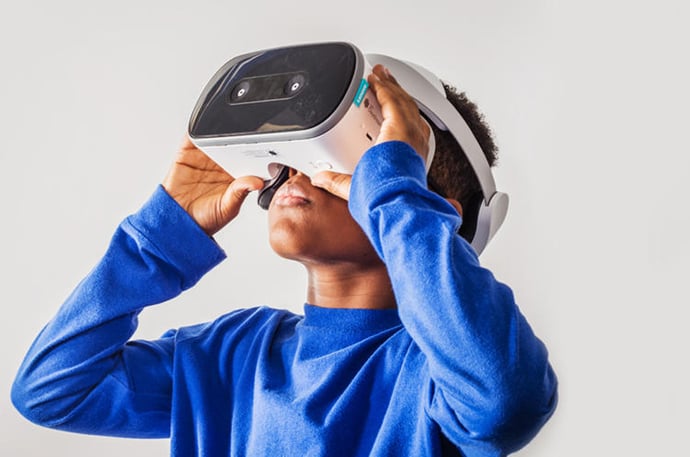
- 0 Comments
- Nov 1, 2019 11:20:42 AM
STEM Learning Must Go Beyond Memorizing Facts and Theories
There is a growing global demand for science, technology, engineering and math (STEM) professionals. At the same time, experts in science education are calling for students to become more “scientifically literate.” This call, however, is about more than filling jobs.
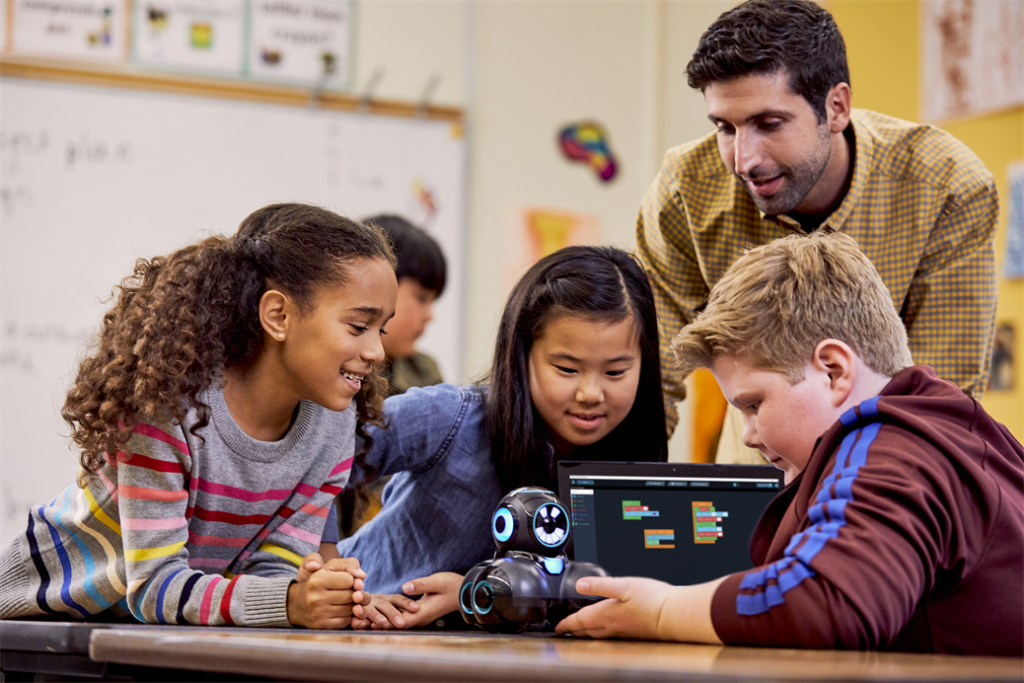
- 0 Comments
- Oct 31, 2019 10:00:00 AM
- Posted by Natalia Galvis
- Topics: EdTech, STEM, STEMchat, Edchat
5 Halloween Activities for Kids
Halloween should be fun but that doesn’t mean that it can’t also be educational. Halloween is a great theme for math, tech, engineering and science. Check these great math, science and engineering activities for kids browsing our list and find something fun to add to your special Halloween playdate, class Halloween party, or just at home with your kids!

- 0 Comments
- Oct 30, 2019 2:00:00 PM
The Advantages of a STEM Education
Education proves valuable in countless areas of life, and STEM learning is no different. This field gives learners opportunities to test their minds, skills and artistry through various avenues. Seeking an education in STEM requires discipline and patience, and it all pays off once the career opportunities flood in.
One of the best features of STEM education is that it offers a world of possibilities. Every sector includes numerous subsets and niches, offering a specialized subject for every learner. From marine biology to civil engineering, the boundaries spread far and wide.
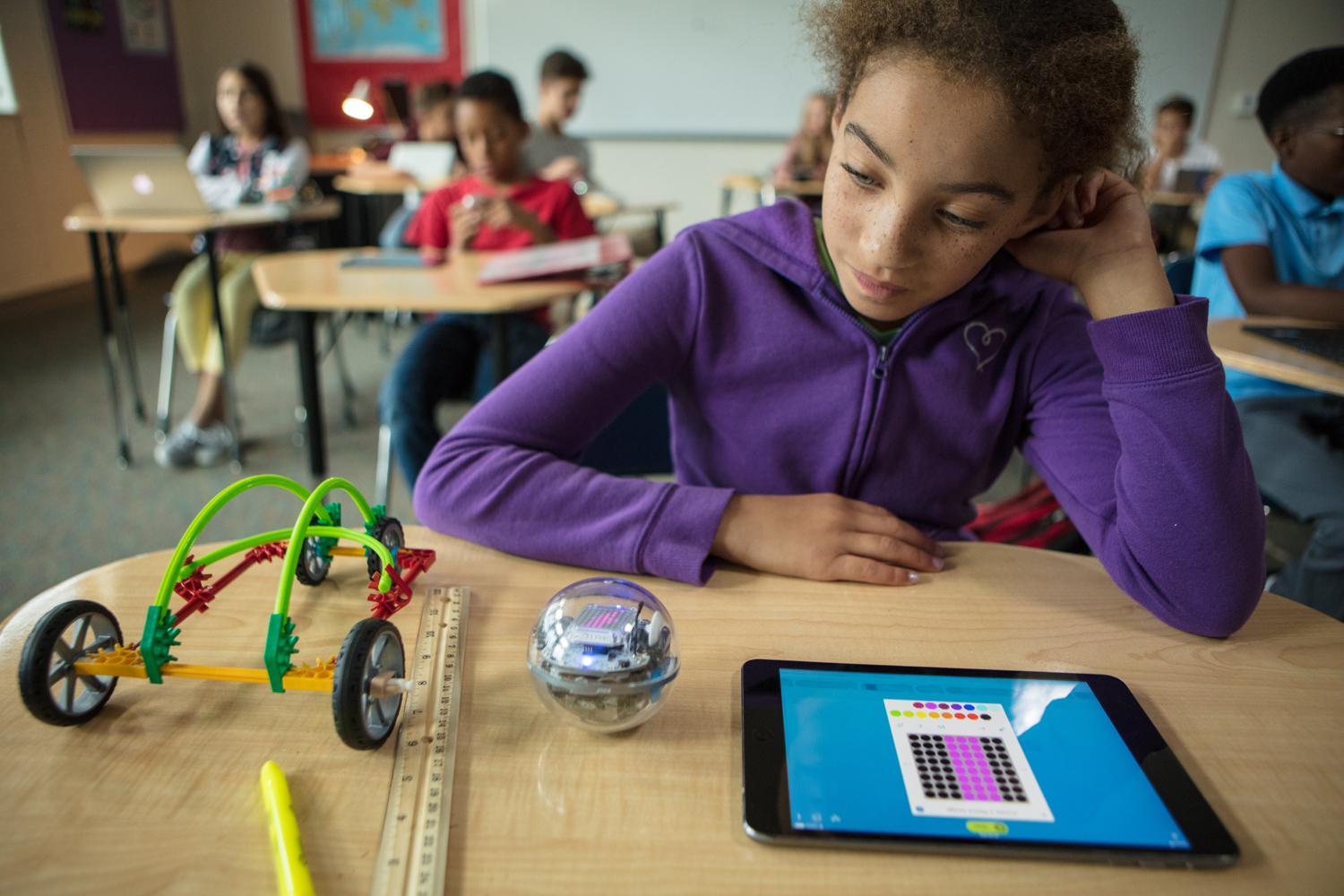
- 0 Comments
- Oct 30, 2019 10:00:00 AM
- Posted by Natalia Galvis
- Topics: EdTech, STEM, STEMchat, Edchat
How to Make Math Learning Fun- And Effective
Math has always been known as one of the less-glamorous subjects. Sure, there are people who love the rhythm and reason of mathematical concepts, but average Kindergartners won’t tell you that they want to be an engineer, or a mathematician, or even a computer scientist when they grow up. But if every Kindergartner grew up to be a fireman, or movie star, or race car driver, or pilot, our society would certainly suffer.

So what makes one student inherently interested in math concepts, while another just wants to score high enough on a math test to not have to take it again?
- 0 Comments
- Oct 29, 2019 10:03:00 AM
- Posted by Natalia Galvis
- Topics: Math, Robotics, EdTech, STEM, STEMchat, Mathematics, Edchat
Three key trends in robotics education
Robots are hugely popular with kids. Want proof? Four of the 20 best-selling toys on Amazon during the 2018 holiday season were robots, robotics kits, or other electronic circuitry kits. So it’s not surprising that K-12 educators would turn to robotics as a way to get students excited about science, technology, engineering, arts, and math (STEAM) education.
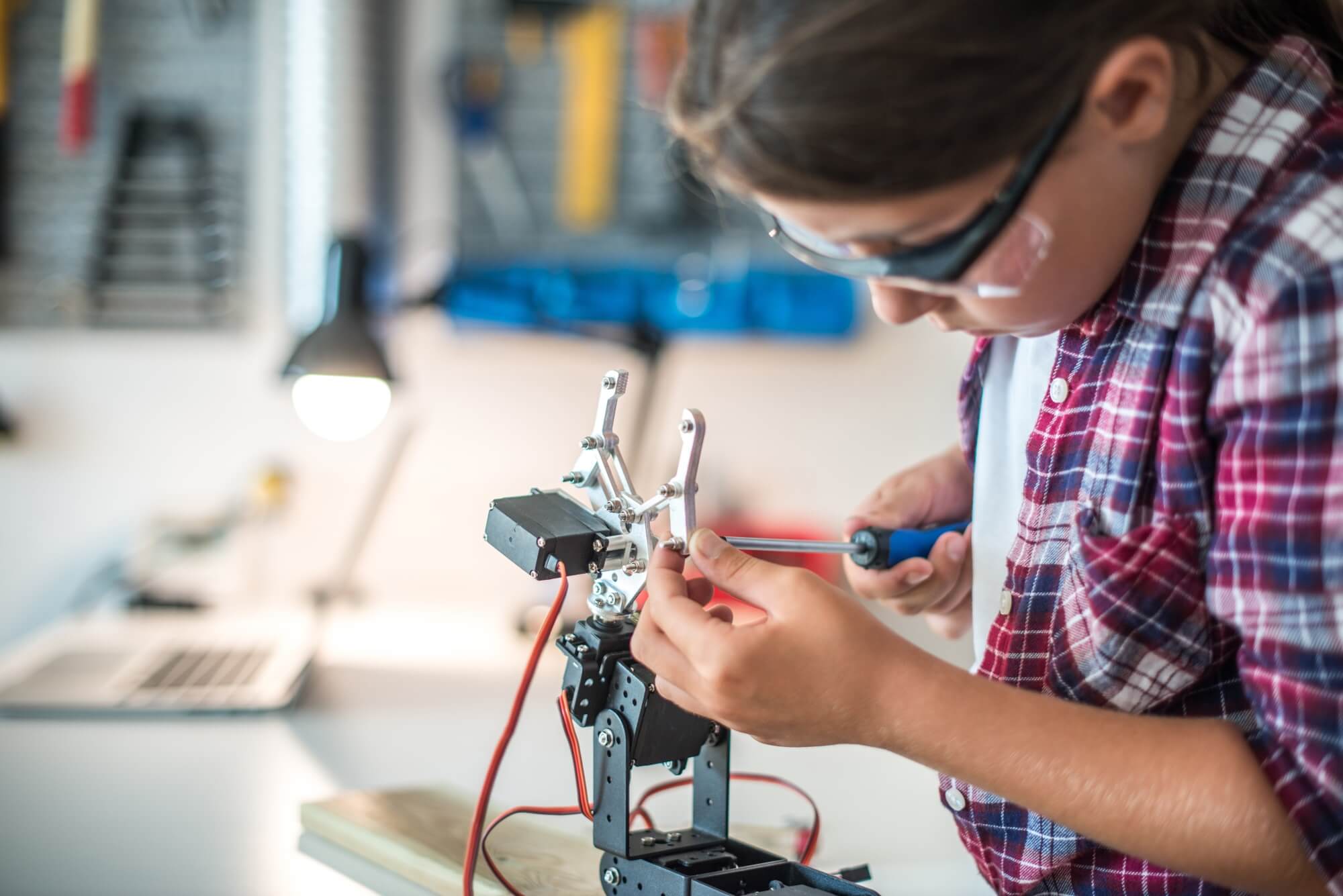
- 0 Comments
- Oct 28, 2019 10:02:00 AM
What You Need To Use Drones In Your Next Class Project
If you want to help your students’ dreams take flight, it may be time to use drones at school. Drone technology makes it possible to view the world with new eyes.
Maintenance departments use drones for structure checks, and transportation directors can capture aerial footage of traffic patterns. Schools employ drone technology for security checks, and classrooms use it for teaching point of view and documenting their projects.
Drones technology lends itself well to instruction, especially STEAM projects and video storytelling.
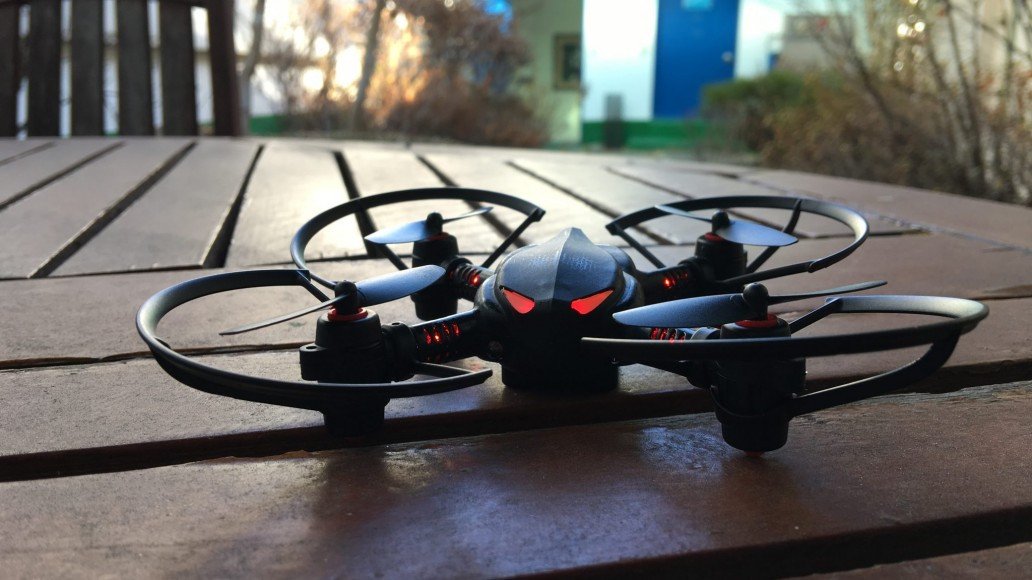
- 0 Comments
- Oct 25, 2019 10:10:00 AM
- Posted by Natalia Galvis
- Topics: EdTech, STEM, Drones, quadcopter, STEMchat, Edchat
EdTech Should Change The Way Teachers Teach
For a long time, teaching was teacher-centered: the teacher dispensed information through lecture, handouts, or presentations; the students absorbed the information by listening and taking notes. It was repetitive, could become monotonous, and left little room for student exploration or creativity. It was also detrimental to students who couldn’t keep pace with the teacher’s lessons or students who learned in way different from the teacher’s presentation
The past ten years have seen a surge in student-centered learning, and the integration of technology into the classroom makes it increasingly easy to create engaging lessons that reach a variety of learners in a variety of ways.
There are many ways that technology has changed and improved teaching methods, making education more meaningful and accessible to all students.

- 0 Comments
- Oct 24, 2019 10:15:00 AM
- Posted by Natalia Galvis
- Topics: EdTech, STEM, STEMchat, Edchat
How Do We Get More Girls Involved in STEM?
Beyoncé famously stated that “girls run the world” and while her sentiment is hopeful, there are still academic fields where girls are under-represented. The world of STEM is still largely male dominated, and with this industry booming, it is important that young girls are awarded opportunities to join in. The problem is not that girls are not interested in STEM subjects but that they are not encouraged to enter these fields or study the subjects at school.

- 0 Comments
- Oct 23, 2019 10:00:00 AM
- Posted by Natalia Galvis
- Topics: EdTech, STEM, STEMchat, WomeninSTEM, Edchat, girlsinSTEM
The Power and Promise of Game-Based Learning
From young learners to adults, games can be used to increase learning. Games have been used by teachers for centuries, and probably thousands of years as a way to engage students in learning. Who doesn’t like games? Perhaps a few people don’t like games. However, games are an excellent way to capture the attention of your students and encourage learning. Why are games beneficial in the learning process, and why do we love them?

- 0 Comments
- Oct 22, 2019 10:10:00 AM
- Posted by Natalia Galvis
- Topics: EdTech, STEM, Learning, STEMchat, Edchat, game-based
Relevant Posts
Popular Posts
Subscribe to Email Updates
-
I Want To Learn MoreADDITIONAL INFORMATION


